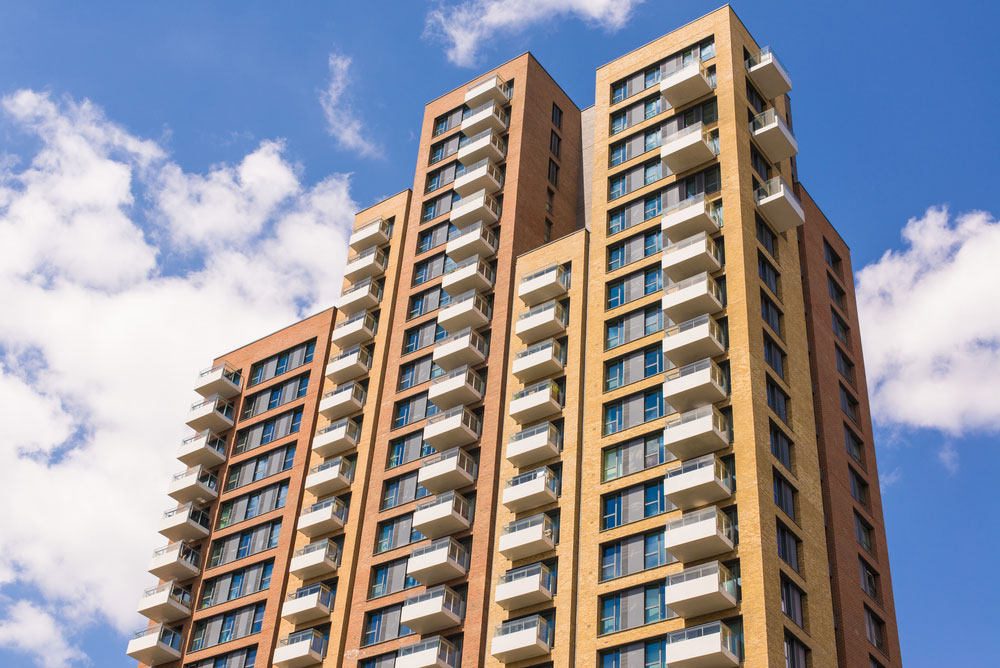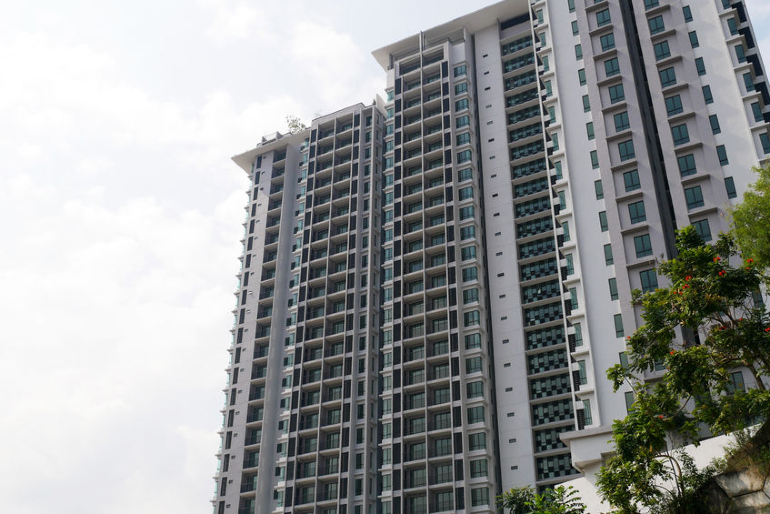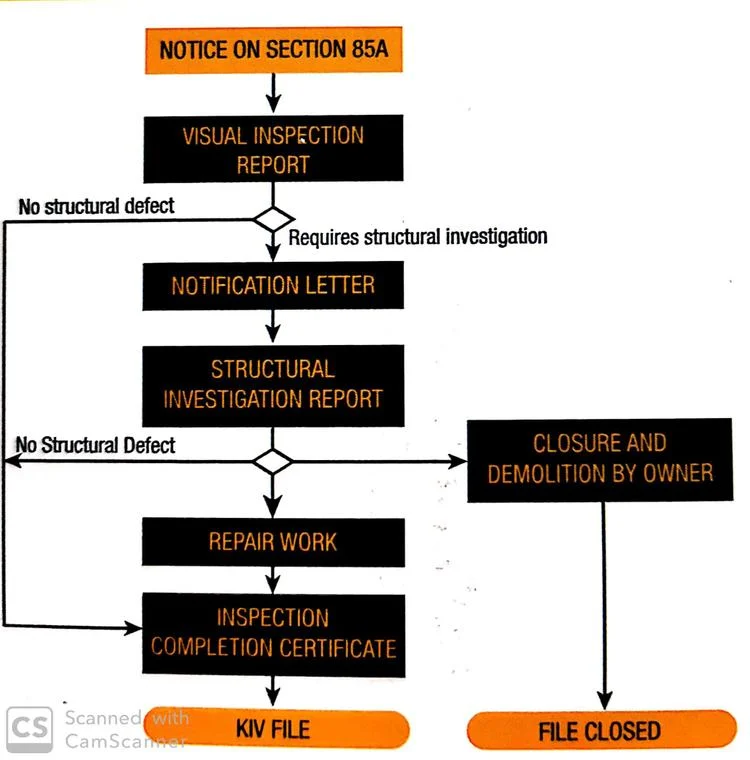Periodical Inspection (Section 85A of Act 133)

What is a Periodical Inspection of Building?
The periodic inspection of buildings is a provision (read: condition or requirement) under the Street, Drainage and Building Act 1974 (Act 133). It requires that any buildings above 5 storeys (every floor in the basement is deemed as one 1 floor) will require a mandatory Periodic Inspection every 10 years, commencing from the date of the Certificate of Fitness (CF) and Certificate of Completion and Compliance (CCC). Thereafter, a subsequent periodic inspection is required after every decade from the date of the first inspection.
Why Periodical Inspection for Building is Important?

A building’s condition reflects the physical state of the structure and hence its performance. The monitoring of a building’s condition is important to prevent property defects and failure of said buildings. With the ageing cities and townships in Malaysia, major local councils in the Klang Valley have started enforcing Section 85A of Act 133 (Periodic Inspection pursuant to Section 85A, Street, Drainage and Building Act 1974 ). The objective of such inspection is to have scheduled preventive checking on the level of dilapidation for the safety of the buildings, occupants and the general public. Periodical inspections for buildings are important for several reasons:
Safety
Regular inspections help ensure that buildings are structurally sound and free from hazards that could endanger occupants or visitors. Identifying and addressing potential safety issues promptly can prevent accidents and injuries.
Compliance
Many jurisdictions have building codes and regulations that mandate regular inspections to verify compliance with safety standards. Adhering to these regulations is essential to avoid fines, penalties, or legal consequences.
Preventive Maintenance
Inspections help detect minor issues before they escalate into significant problems. Addressing maintenance needs early can prevent costly repairs and prolong the lifespan of the building.
Risk Management
Addressing any defects or issues with the property during the defect liability period can help to improve its overall value, making it a more attractive and valuable asset.
Tenant Satisfaction
Building occupants appreciate knowing that their environment is regularly inspected for safety and maintenance. Promptly addressing any concerns raised during inspections can enhance tenant satisfaction and retention.
What is The Process for Periodic Inspection?
This entire process is laid out clearly in the Street, Drainage and Building Act 1974 (as below):
The local authority may, without prejudice to its powers under section 83, by a notice in writing served on the owner of a building, require the building to be inspected —
a)after the tenth year commencing from the date the certificate of completion and compliance in respect of the building was issued;
And (b) thereafter at intervals of not more than ten years from the date of the completion of the last inspection of the building under this section.
- Once the owners of a building receive a notice of outstanding inspection, they must appoint a registered engineer to undertake the survey within the time specified.
- This is particularly important for management organisations in stratified properties such as the Joint Management Board (JMB), Management Corporation (MC), or Joint Management Corporation (JMC), as they have the responsibility to arrange for this inspection.
- If this notice is not followed and actioned by the management organisation, then the local authority has it within their power to inspect the building on their own, or designate an engineer to carry it out.
- In this case, the authority has the power to get payment for all reasonable expenses incurred from the building owner(s).
How is the periodical inspection carried out?
The SOP of such periodic inspection (Figure 1) commences with the issue of a notification letter from the Local Authorities pursuant to Section 83 of the Act 133, to the owners or Management of buildings, upon its 10th year from the CF and Certificate of Completion and Compliance date.

However, the building owner may request for an earlier inspection should any abnormality in structural elements be discovered during maintenance. Then, a structural engineer registered to the Board of Engineers Malaysia according to the Registration of Engineers Act 1967, shall be appointed for the inspection. This engineer must not be the same person who designed nor has any vested interests in said building.
The inspection comes in 2 phases: Visual Inspection and Structural Investigation.
The scope of Visual Inspection should target to detect the property defects, deformation or deterioration of structural elements which will or are likely to endanger or reduce the structural stability or integrity of any part of the building. The major areas for such inspection should include, but not limited to the areas as follows:
- Unauthorised extension or alteration to the structural elements (movable shed, columns, beams and slabs)
- Unauthorised loading
- Unauthorised change in purpose (i.e. from residential to commercial or industrial)
- Settlement
- Facades
- Water Tanks
- STP Tanks
- Drainage
- Basement
- Slopes and Retaining Wall, if any
